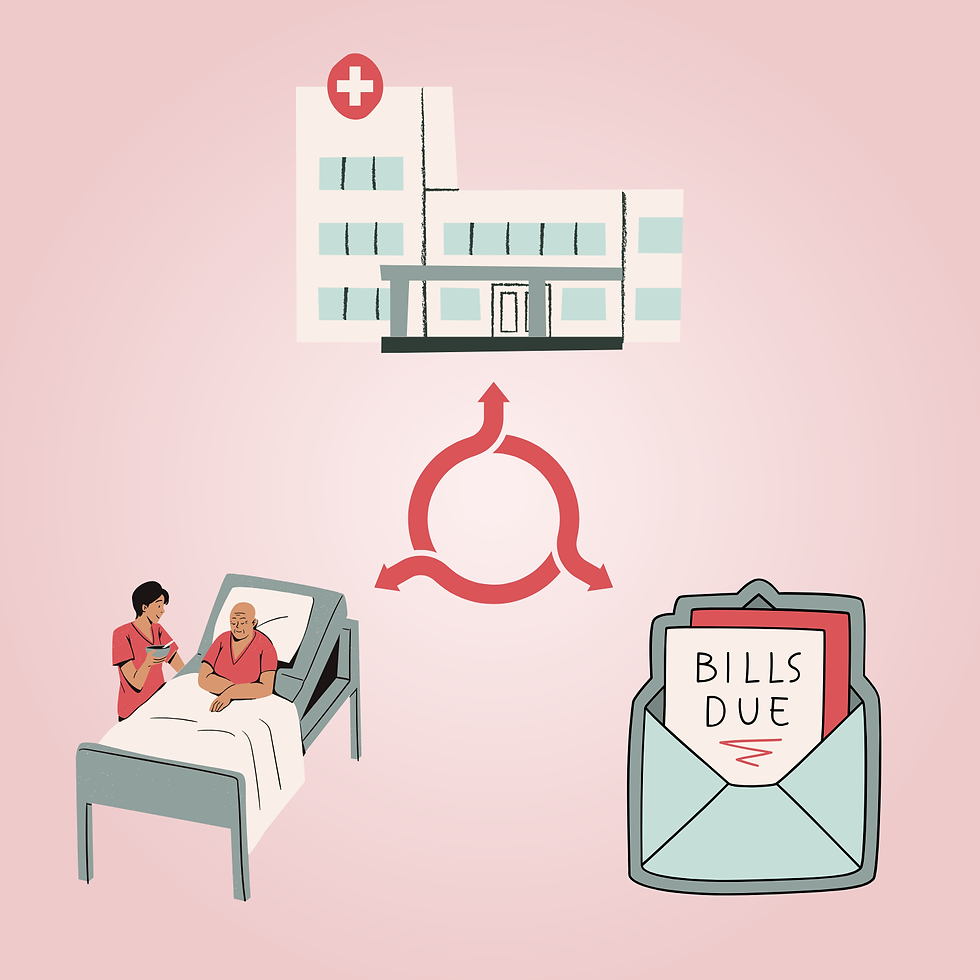Digital Healthcare: A Story of Hope–And Caution
- Meera Patel
- Oct 15, 2023
- 2 min read
Flying cars. Robots that take your order. Buildings that float. The futuristic world of our imaginations has long been a faraway dream—but the technological revolution of the modern era has only just begun. While we may not have flying cars or floating buildings just yet, we are now able to change the human genetic code. We’re developing technologies that have the potential to make robots capable of surgeries, watches capable of detecting heart problems, and virtual reality capable of helping patients manage psychological trauma and overcome their conditions—and that’s just the tip of the iceberg. The future offers exciting new prospects in the field of healthcare, helping increase the number of lives saved on an unprecedented scale.

That being said, the promises of the future also bear a cautionary note. After all, when new technologies first emerge onto the market, they’re often priced at exorbitant sums, well out of the reach of most middle-class Americans—let alone the poorest and often most medically-vulnerable Americans. Isn’t it ironic that the individuals whom innovations in medical technology seek to benefit the most—the historically medically-underserved—are also the ones for whom these benefits are most out of reach? It’s a tragic story, yet one that we see repeating again and again throughout America’s history. But given the predicted technological boom of the near future, these historical patterns are more important to recognize—and remedy—than ever.
After all, if we are unable to provide healthcare equally, we must revisit our own values as a society. Is one life more important than another? Can you place a numerical value on a life? Are the lives of the wealthy and well-to-do worth more than the lives of those who cannot even afford health insurance, let alone new technology that may save their lives? In light of the digital age of healthcare that is fast approaching, we must not only ask ourselves these vital questions, but also use them to craft an approach to a healthier future that leaves no one behind.
Edited By: Harrison Pham
Graphic Designed By: Allison Yang



Comments